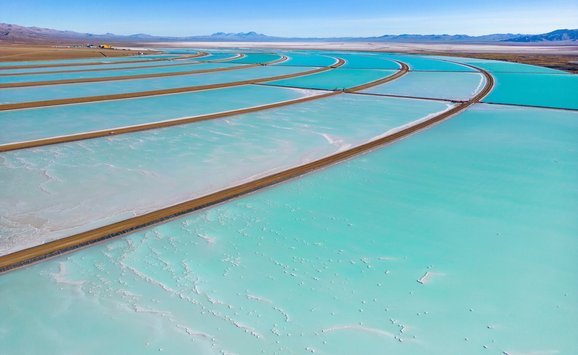Great as will be the increases in quantities of water required by households, industries, and other large users, the biggest future problem for the country as a whole will be how to deal with pollution. This is the belief of Nathaniel Wollman, University of New Mexico economist who made the Resources for the Future preliminary study that recently was published by the Senate Select Committee on National Water Resources. Twenty years hence, he warns, more fresh water may be needed for diluting flows from waste treatment plants than for all other uses put together, unless meanwhile we can find much better ways of preventing pollution or of treating sewage and other waste-laden water.
True enough, Wollman says, water can be reused, so that total use in an area can be larger than total supply without necessarily creating a shortage. "If all water-deteriorating elements could be removed by treatment, a region's water supply could be used over and over. The limits of water use would be reached only when the last drop of water escaped from the region by evaporation, was discharged into the sea, or otherwise became physically unavailable."
But there are reasons why this ideal cannot now be even approached in practice. Aside from cost (and treatment becomes progressively more expensive as greater percentages of waste are removed) there is, with present methods, a physical top limit. Water that has carried organic waste undergo chemical changes even with complete sewage treatment. High-level treatment itself induces a secondary oxygen demand; nitrogen and phosphorus in the treated water stimulate growth of algae; when these die and decay the water tastes and smells unpleasant and its dissolved oxygen content falls too low to support the fish and other animal and plant life that a healthy stream should have.
The chief remedy at present is to add clean water to the effluent of treatment plants. "A systematic relationship can be established among the uses to which water is put, the resulting amount of waste materials, the level of water treatment, and the quantity of stream flow needed to maintain a designated oxygen content."
Such a relationship was worked out in the course of the study, taking an average of four parts of oxygen to a million parts of water as a desirable minimum, and assuming various levels of treatment ranging from 50 to 97.5 percent removal of waste materials and what appear to be reasonable increases in population and industrial activity by 1980. Wollman concludes tentatively that by that year—for the nation as a whole though not in all regions—more than 60 percent of the required flow would be for waste dilution, unless in the meantime better and cheaper methods are developed to forestall or treat pollution.
Ratio of Projected Maximum Water Supply to Projected Demand in 1980 and 2000—Logarithmic Scale

This chart, reproduced from Wollman's recent study, shows what the future picture might be like if national water development programs should emphasize treatment more than storage and if expected increases in population and economic activity should not be accompanied by large changes in (1) allocation among major uses, such as agriculture, industry, and households; (2) pricing policies for water; and (3) technology of water use and pollution abatement. Estimates of maximum supply assume as much storage as seems technically feasible. Estimated minimum flow requirements are the sum of net losses from all types of use and of amounts of fresh water needed for waste dilution to restore an average of four parts per million of oxygen.






